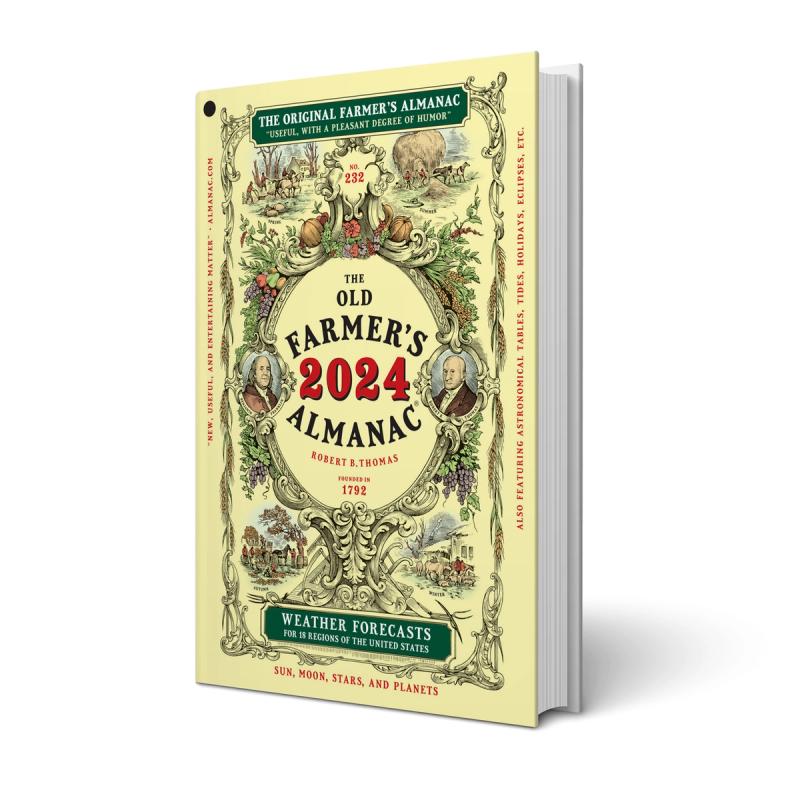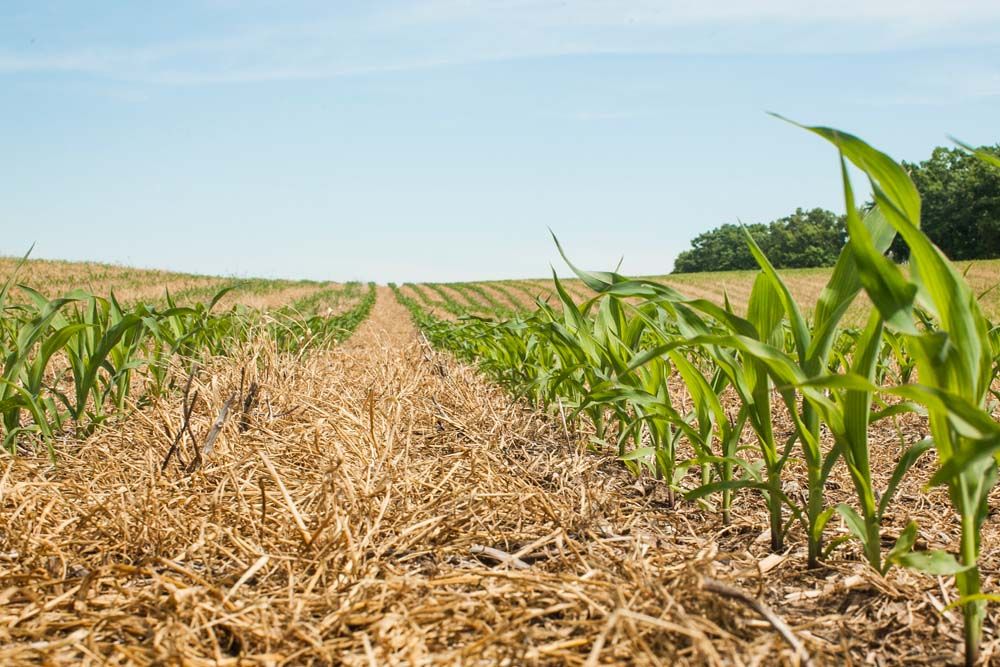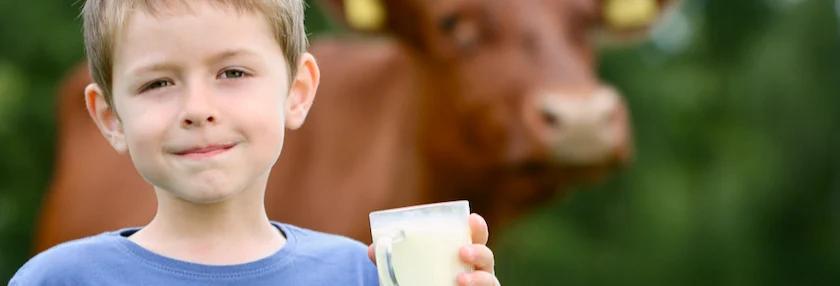Can the Farmer’s Almanac Really Predict the Weather?


Chances are, you’ve seen the Farmers’ Almanac or the Old Farmer’s Almanac (yes, they are different) and their claims to know the weather for the next year in its entirety. You’ve also probably wondered how they know what the weather will be in a year, and if the Farmers’ Almanac can even predict the weather in the first place.
Let’s find out if the Almanac really can predict the weather.

Solar science, sunspots and more
The Farmers’ Almanac has been predicting the weather since 1818. The Almanac claims to use a top-secret formula that accounts for things like sunspot activity, tidal activity of the moon, the position of the planets and more to predict the weather. They claim to be 80 to 85% accurate.
The Old Farmer’s Almanac, the Farmers’ Almanac’s competitor, claims to use solar science, which is the study of sunspots, climatology, which is the study of weather patterns, and meteorology, which is the study of the atmosphere to predict the weather. They have been publishing their predictions in the Almanac since 1792, where they claim to have around an 80% accuracy rate.
Their formula is so top-secret that it is locked in a black box at the Old Farmer’s Almanac headquarters.
Both versions of the Almanac use similar methods, but neither will reveal their true secrets on predicting the weather.
Some people swear by the different Almanacs, but meteorologists are unconvinced. The reason some people tend to believe that the Almanacs actually reach their intended accuracy rate is because of confirmation bias.
People tend to remember all the times that the Almanacs are accurate and forget most of the times they are wrong, making them seem more accurate than they truly are.
Accuracy or chance?
Other long range weather forecasts based in science and forecasted with satellites only have about a 50% accuracy for anything predicted over 10 days in advance. This would be the same accuracy rate as if you just suggested something by chance.
The University of Illinois did a scientific study on the accuracy of the Old Farmer’s Almanac. To conduct the study, researchers compared the Almanac’s monthly temperature and precipitation forecasts with the actual weather data over a period of 5 years. The study found that the precipitation forecasts were 51.9% accurate and the temperature forecasts were 50.7% accurate. Again, this is similar to predicting the weather by chance.
By guess and by gosh
At the end of the day, it seems like no one can accurately predict the weather over long periods of time, not with the ‘time-tested’ formulas used by the Almanacs or with modern day forecasting methods.
It’s up to you to decide whether the Almanacs are trustworthy. Even if they can’t accurately predict the weather, at least they can be very fun to read or a time tested tradition.
About the author
When not tending to her own 17-acre farm, Michelle Miller aka The Farm Babe is a writer, public speaker, and social media influencer on food and modern agriculture. Learn more about her at thefarmbabe.com.
Tags:The Farm Babe

Acreage Life is part of the Catalyst Communications Network publication family.
















